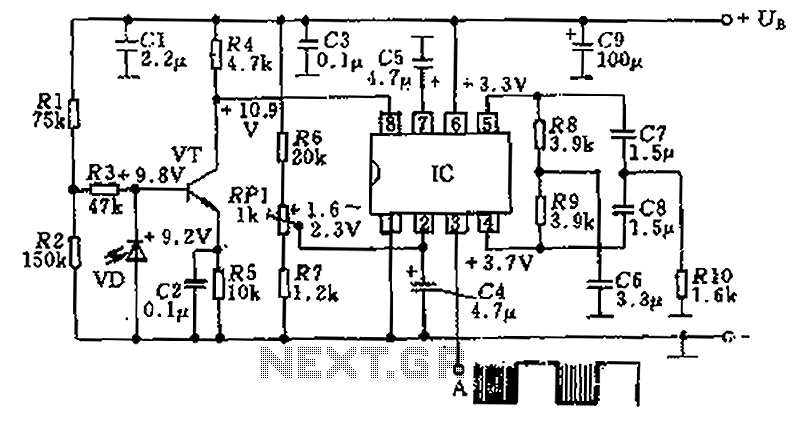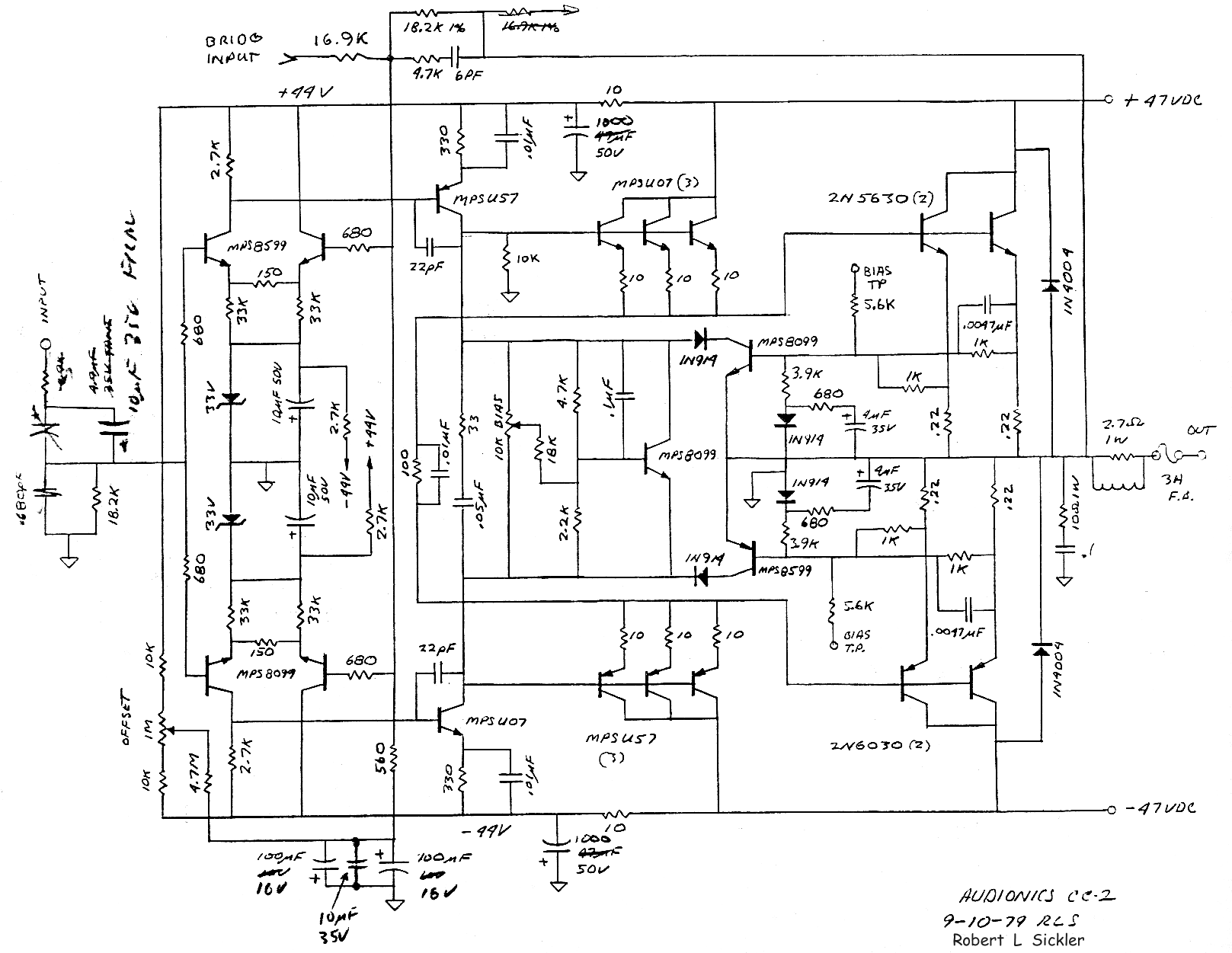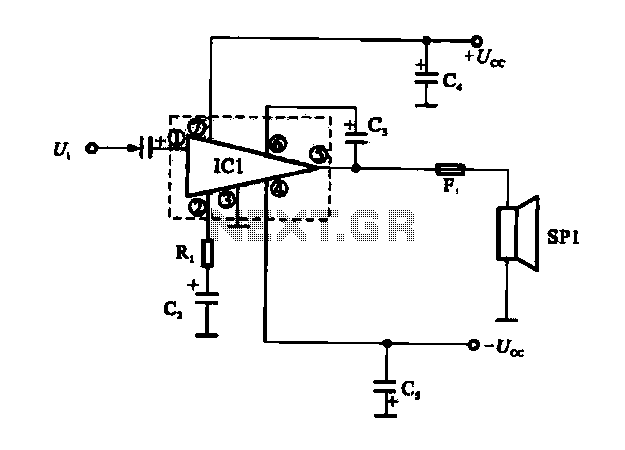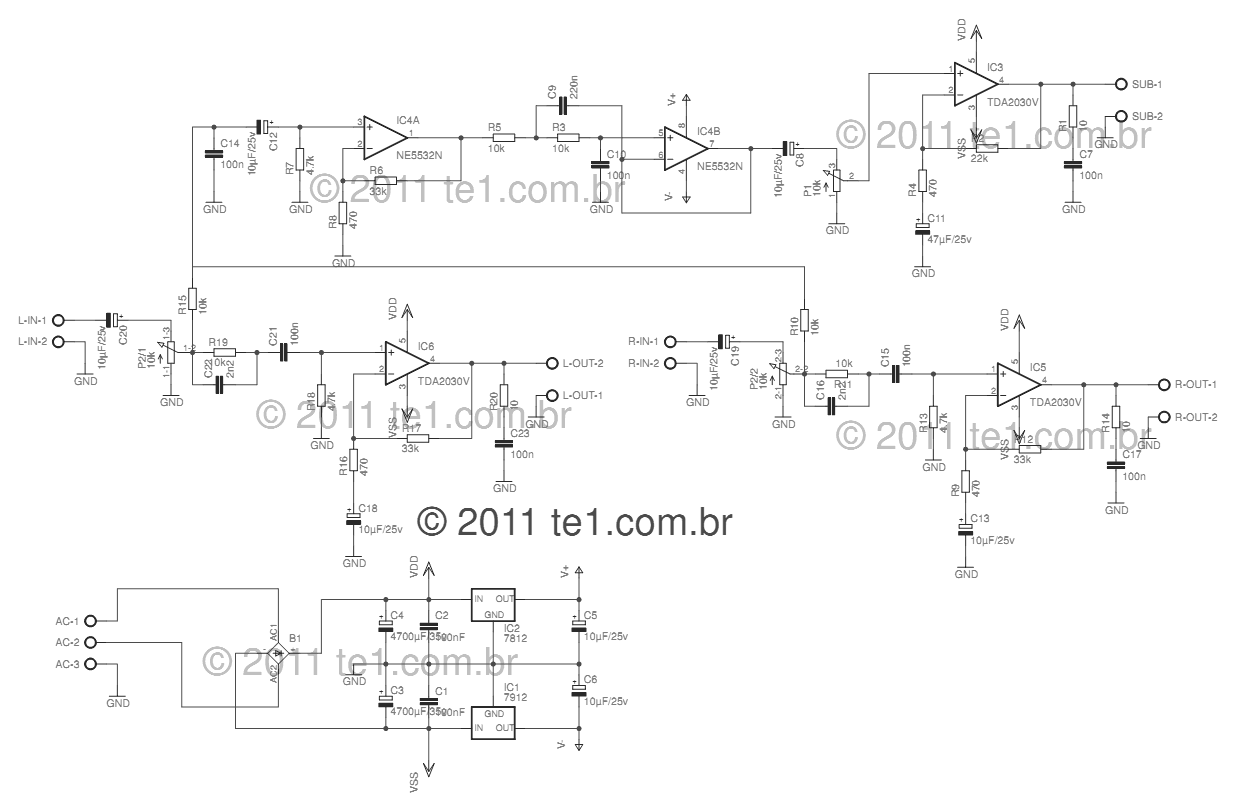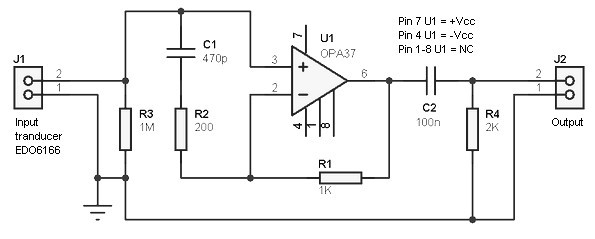
Operational Amplifier tutorial
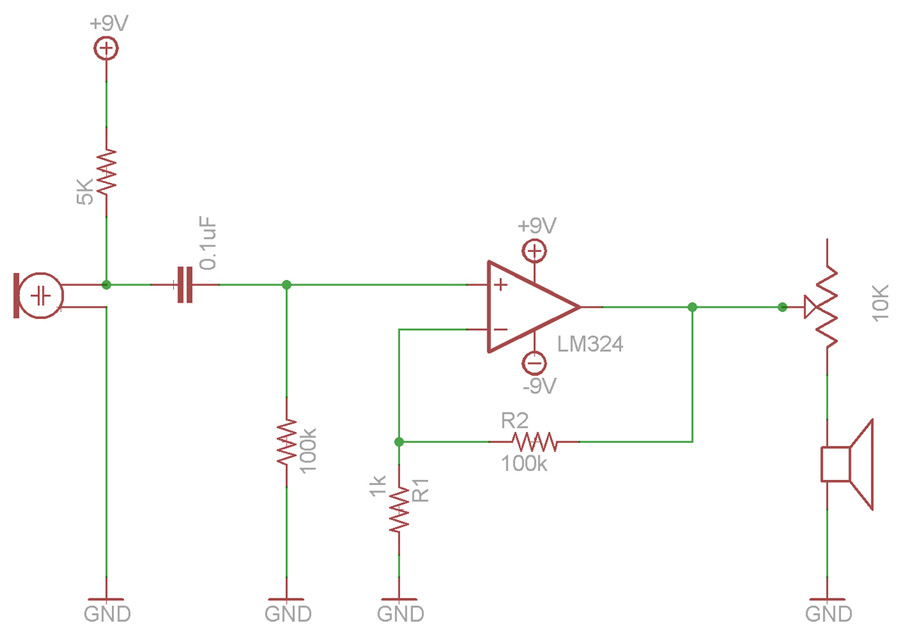
Since the 1970s, a remarkable era in technology, amplifiers have been available in integrated chip form, eliminating the need to construct them from numerous discrete transistors. This video provides an overview of operational amplifiers (op amps) and includes an example circuit that demonstrates how to build an amplifier capable of amplifying a small microphone signal to a level that can be heard through earbuds. The circuit utilizes the LM324 quad op amp integrated circuit.
The LM324 is a versatile quad operational amplifier that can operate on a single power supply, making it suitable for a variety of applications, including audio signal amplification. Each of the four op amps within the LM324 can be configured in several ways, such as inverting, non-inverting, or as a voltage follower, depending on the desired gain and impedance characteristics.
In the example circuit, a small microphone is connected to the input of one of the op amps. The microphone typically outputs a weak AC signal, which needs to be amplified to be useful. The op amp is configured in a non-inverting arrangement, providing a gain determined by the feedback resistor network. This configuration ensures that the amplified signal maintains the same phase as the input signal, crucial for audio applications.
The gain of the amplifier can be adjusted by selecting appropriate resistor values in the feedback loop. For instance, if a gain of 10 is required, a resistor value of 9 times the feedback resistor can be used. The output of the op amp is then connected to a pair of earbuds, allowing the amplified audio signal to be heard clearly.
To power the circuit, a single supply voltage is typically used, which can range from 5V to 30V, depending on the specific requirements of the application. Additionally, decoupling capacitors should be placed near the power supply pins of the LM324 to minimize noise and ensure stable operation.
This circuit serves as a foundational example of using operational amplifiers for audio applications, illustrating the simplicity and effectiveness of integrated circuits in modern electronic designs.Ever since the best decade of all time, the 1970s, people have been able to buy amplifiers in all-in-one chips rather than having to make them out of lots of discrete transistors. This video shows you the basics of op amps and has an example circuit where you build an amplifier to take a tiny microphone signal and amplify it to be audible on earbu
ds. The circuit is based on the LM324 quad op amp IC. 🔗 External reference
The LM324 is a versatile quad operational amplifier that can operate on a single power supply, making it suitable for a variety of applications, including audio signal amplification. Each of the four op amps within the LM324 can be configured in several ways, such as inverting, non-inverting, or as a voltage follower, depending on the desired gain and impedance characteristics.
In the example circuit, a small microphone is connected to the input of one of the op amps. The microphone typically outputs a weak AC signal, which needs to be amplified to be useful. The op amp is configured in a non-inverting arrangement, providing a gain determined by the feedback resistor network. This configuration ensures that the amplified signal maintains the same phase as the input signal, crucial for audio applications.
The gain of the amplifier can be adjusted by selecting appropriate resistor values in the feedback loop. For instance, if a gain of 10 is required, a resistor value of 9 times the feedback resistor can be used. The output of the op amp is then connected to a pair of earbuds, allowing the amplified audio signal to be heard clearly.
To power the circuit, a single supply voltage is typically used, which can range from 5V to 30V, depending on the specific requirements of the application. Additionally, decoupling capacitors should be placed near the power supply pins of the LM324 to minimize noise and ensure stable operation.
This circuit serves as a foundational example of using operational amplifiers for audio applications, illustrating the simplicity and effectiveness of integrated circuits in modern electronic designs.Ever since the best decade of all time, the 1970s, people have been able to buy amplifiers in all-in-one chips rather than having to make them out of lots of discrete transistors. This video shows you the basics of op amps and has an example circuit where you build an amplifier to take a tiny microphone signal and amplify it to be audible on earbu
ds. The circuit is based on the LM324 quad op amp IC. 🔗 External reference
